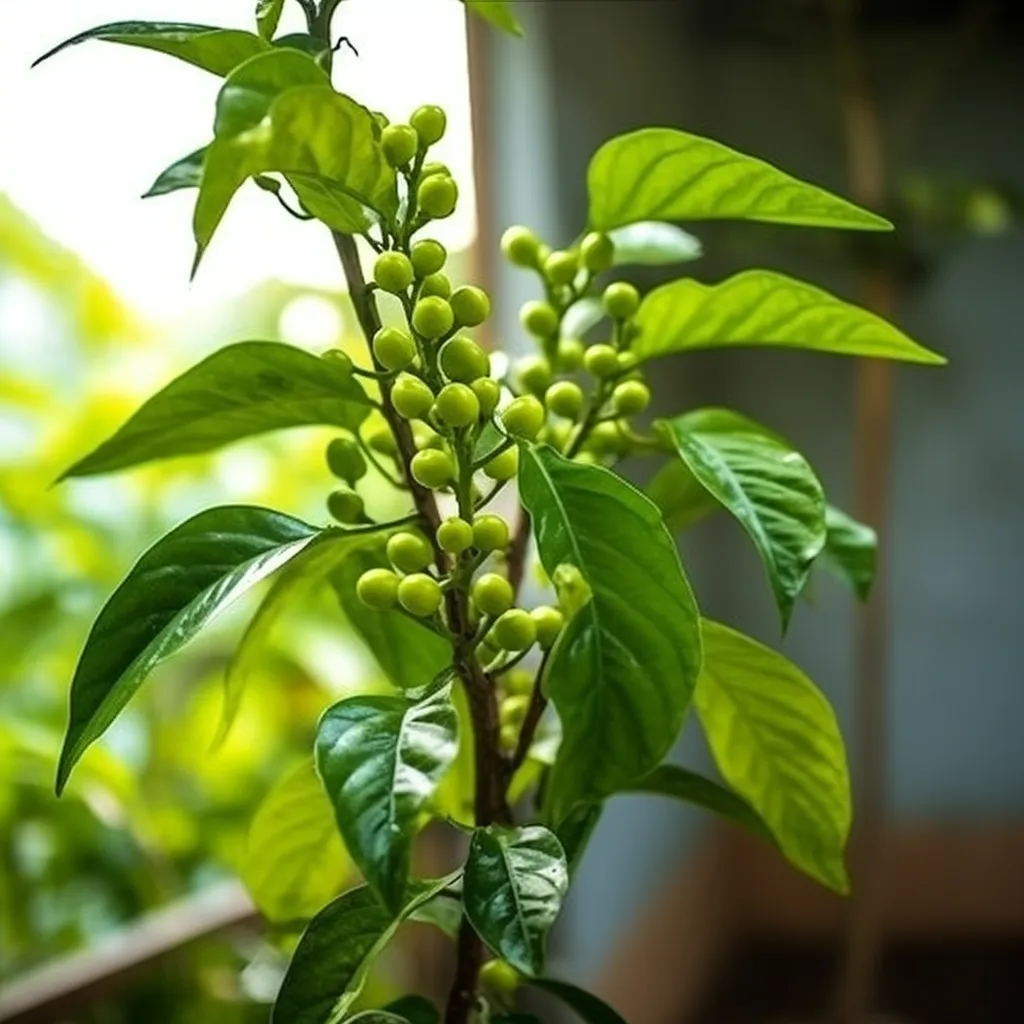Story of Day :
Contents
The Habanada Pepper Plant: A Complete Guide and Care Tips
Are you a pepper lover who loves to experiment with different varieties of peppers? If yes, then you should definitely try growing habanada pepper plants in your garden.
These tiny peppers may look like habanero peppers, but they are completely different when it comes to their flavor.
Keep reading this complete guide to learn more about the habanada pepper plant and its care tips.
What is a Habanada Pepper Plant?
The habanada pepper plant is a type of Capsicum chinense or chili pepper that originated from South America.
Despite its name, it’s not spicy at all and has no heat unlike other varieties of chili peppers you may have tried before.
In fact, it has been bred specifically for its sweet taste and aroma.
Growing the Habanada Pepper Plant

If you plan on growing your own habanada pepper plant, there are some important things you need to keep in mind:
- Soil: The soil should be well-draining with a pH level between 6-7.5.
- Sunlight: The habanada pepper plant needs full sunlight for at least six hours daily.
- Temperature: The ideal temperature range for these plants is between 75-85°F (24-29°C).
- Fertilizer: You can use balanced fertilizer every two weeks until the flowers bloom.
- Pests and Diseases:Habanadas are susceptible to common pests such as aphids spider mites slug bacteria blast fungal infection blossom-end rot bacterial leaf spot powdery mildew and early blight.
You can control them by using insecticidal soaps or neem oil.
Harvesting Habanada Peppers
You can harvest habanada peppers when they reach their fully ripe stage, which is usually around 70 days after planting.
These peppers are small in size, about the size of a cherry tomato, and have a bright orange-red color when they are fully matured.
How to Use Habanada Peppers?

Habanada peppers are sweet with no heat, making them perfect for adding flavor to dishes that require a mild pepper taste.
Here are some creative ways you can use habanada peppers:
- Add them to salads for a sweet crunch
- Mince them up and mix with cream cheese for an easy appetizer
- Roast or sautee them with olive oil & garlic for added mild flavor on your favorite dishes
- Add to stir fry recipes as they add unexpected sweetness without the spice
In Conclusion:
The habanada pepper plant is an exciting addition to any garden due to its unique fruity flavor and aroma that distinguishes it from other pepper varieties.
When growing this plant be sure provide enough sunlight, maintain adequate soil moisture levels while avoiding overwatering , add fertilizer every two weeks until flowering begins,and control common pests such as aphids spider mites slug bacteria blast fungal infection blossom-end rot bacterial leaf spot powdery mildew and early blight through insecticidal soap or neem oil.If you’re looking for something new yet flavorful in your cooking repertoire then try using these sweet little peppers!
